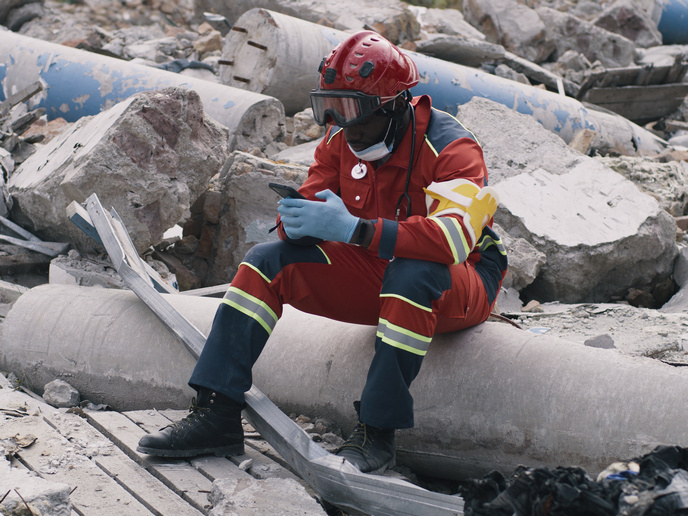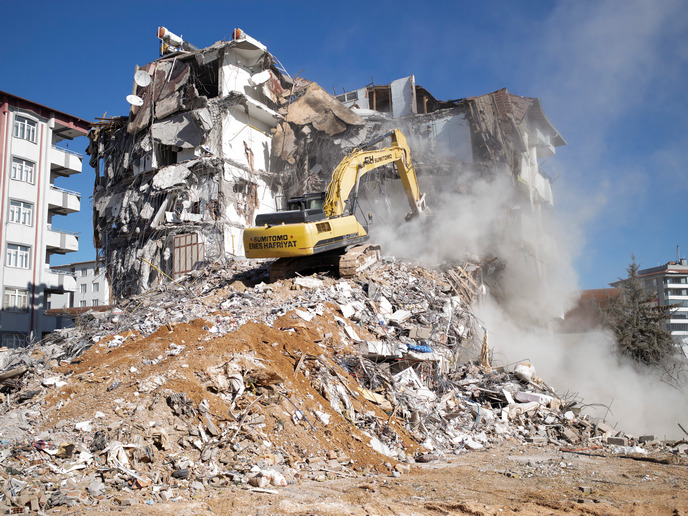Towards earthquake-resilient cities
In urban areas, the fallout from earthquakes is the most severe – and many European cities are at risk. The higher density of buildings, people and infrastructure and the concentration of political and economic power they involve mean greater human and economic losses when disaster strikes. With urbanisation on the rise, mitigating these risks is essential for our future. The URBASIS project, undertaken with the support of the Marie Skłodowska-Curie Actions programme, took important steps towards meeting this challenge. It looked at the factors at play in urban areas to reduce the consequences of future earthquakes. To do so, URBASIS created a multidisciplinary training platform for young researchers, enabling them to deliver groundbreaking new research while acquiring the skills needed to recognise and manage these risks. “The project provided a broad knowledge base of all the aspects that must be considered together at the urban scale: seismology, structural dynamics, natural hazard, insurance and decision-making,” says Philippe Guéguen, director of research at Grenoble Alpes University, the project host.
Factoring in the urban element
Taking the urban element as the starting point represents a key innovation in itself, Guéguen explains. In general, seismic hazard assessment is carried out indiscriminately across geographical regions without distinguishing the most exposed areas. “We considered the urban component as a cross-cutting element in the definition of hazard, vulnerability and risk,” he notes. Earthquake hazard describes what level of ground shakings at the earth’s surface is expected due to potential future earthquakes, while vulnerability describes the potential for loss under a given level of shaking – for instance due to population density, or the robustness of buildings. Earthquake risk describes the expected impact of potential earthquakes on the built environment and on people’s well-being. Greater seismic risk due to the presence of buildings and people may seem self-evident, but urban environments may impact seismic hazard, too. This includes both seismicity that stems from human activities and hazards linked to the way built environments, including site conditions, asset properties and urban shapes, interact with seismic waves.
Better prediction capabilities
“Research carried out under URBASIS included the definition of models for predicting ground motion near urban areas linked to man-made seismicity, induced for instance by geothermal drilling,” Guéguen remarks. The researchers also used physics-based approaches to improve our understanding of how a city can behave as metamaterial, with buildings acting as resonators trapping a small part of the waves. The contribution artificial intelligence (AI) can make to improving predictions was another key research focus. URBASIS members applied AI models to open data characterising urban areas to simulate the consequences of an earthquake and make accurate predictions, demonstrating the relevance of such models.
From knowledge to innovation
Guéguen believes the unique form of cooperation between early-stage researchers and other experts offered by a multidisciplinary training platform has multiple benefits. “Fostering close collaboration between physicists, seismologists, engineers and others has helped us promote sophisticated numerical and theoretical methods,” he says. “In addition to promoting scientific excellence, the reinforced collaboration between the academic and the private sector enables us to translate knowledge into innovation, based on the needs expressed by actors such as NGOs, insurers and decision-makers.”
Keywords
URBASIS, earthquakes, urbanisation, seismology, earthquake hazard, earthquake risk, AI models, multidisciplinary training platform, early-stage researchers







